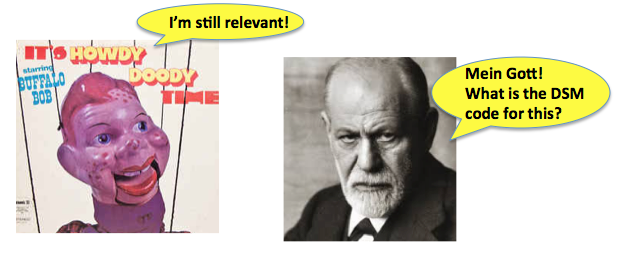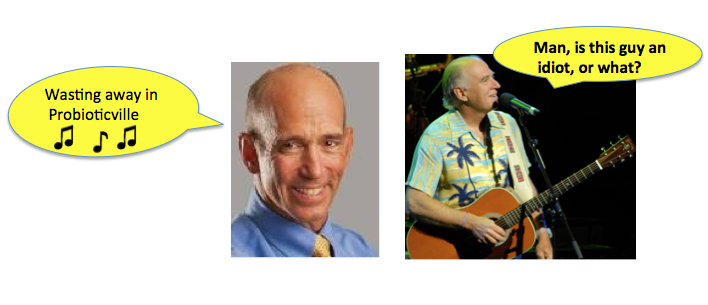
OK, so we already know that if you get emails from WebMD (also known as WebBM) on two consecutive days, and there is nothing related to fecal matter in the headline, it's nothing short of miraculous. Someone over there has apparently not gotten through Freud's anal stage of psychosexual development, because it's "Howdy Doodie Time" all the time.

Perhaps these guys need more fiber in their diets since something seems to be cramping their style (sorry) lately. As a result, they recently plopped (sorry again) something completely different into their daily email—fast food scares.
They really should have stuck to what they know best because it would seem that any movement (tired of apologizing- deal with it) away from their area of expertise, and everything goes to ...
Here's a recent example. It is awful.
What is shocking is how much they got wrong. It reads like something from the Environmental Working Group's (EWG, aka Entirely Worthless Garbage) site. Stupid food scares. Let's take a look.
| "Shocking Ingredients in Your Fast Food." |
|
"Do you know what's really in your breakfast sandwich, french fries, or hot dog? Here's what you need to know about your favorite drive-thru choice."
Comment: I was unaware that potatoes had the capability of being either self-effacing or bombastic.
Comment: Duh.
Comment: These guys should be ashamed of themselves. Sounds just like something from NRDC. Typical scare terms: "in high doses," "preservatives," "linked to." (a) OK, using the mouse as a surrogate marker of human toxicity (1), the lethal dose of sodium acid pyrophosphate would be about 182 grams—more than a large portion of McDonald's fries. Anyone else see the irony here? And, exactly, what is wrong with a preservative? Perhaps I'm odd, but I would rather eat unspoiled food than spoiled food. (b) The rat model of toxicity for tert-butylhydroquinone (TBHQ) is somewhat less comforting. When extrapolated to humans, a lethal dose of it would be closer to the weight of a small order of fries. Better be careful when you order. Tert-butylhydroquinone is an antioxidant preservative classified as safe for use in foods by the FDA and the European Food Safety Authority. Even mentioning that a high dose of TBHQ in an animal model has anything to do with vision problems in humans puts WebDUMB in Mercolaville. Nice job!
(c) Definition of "Linked To": Something you say when you have absolutely no evidence to support a claim.
Speaking of which, has anyone seen these two guys in a room at the same time? OK, back to work.
Who knew?
Comment: When you order soda, you drink it? No way! Most people use soda as eye liner, or a harpsichord, right?
Comments:
If you can stomach it, there is a whole bunch more of stupid nonsense in this article. Or...
Notes: (1) Animal models of human toxicity are useful as a guide, but not a correlation. However, when toxicity is observed in multiple species, this is a big red flag. (2) Something that whoever wrote this was in. (3) For more information on the phony propylene glycol, see "The Name Game: How Unethical Environmental Groups and Toxic Fanatics Scare You With Words." |
SaveSave






